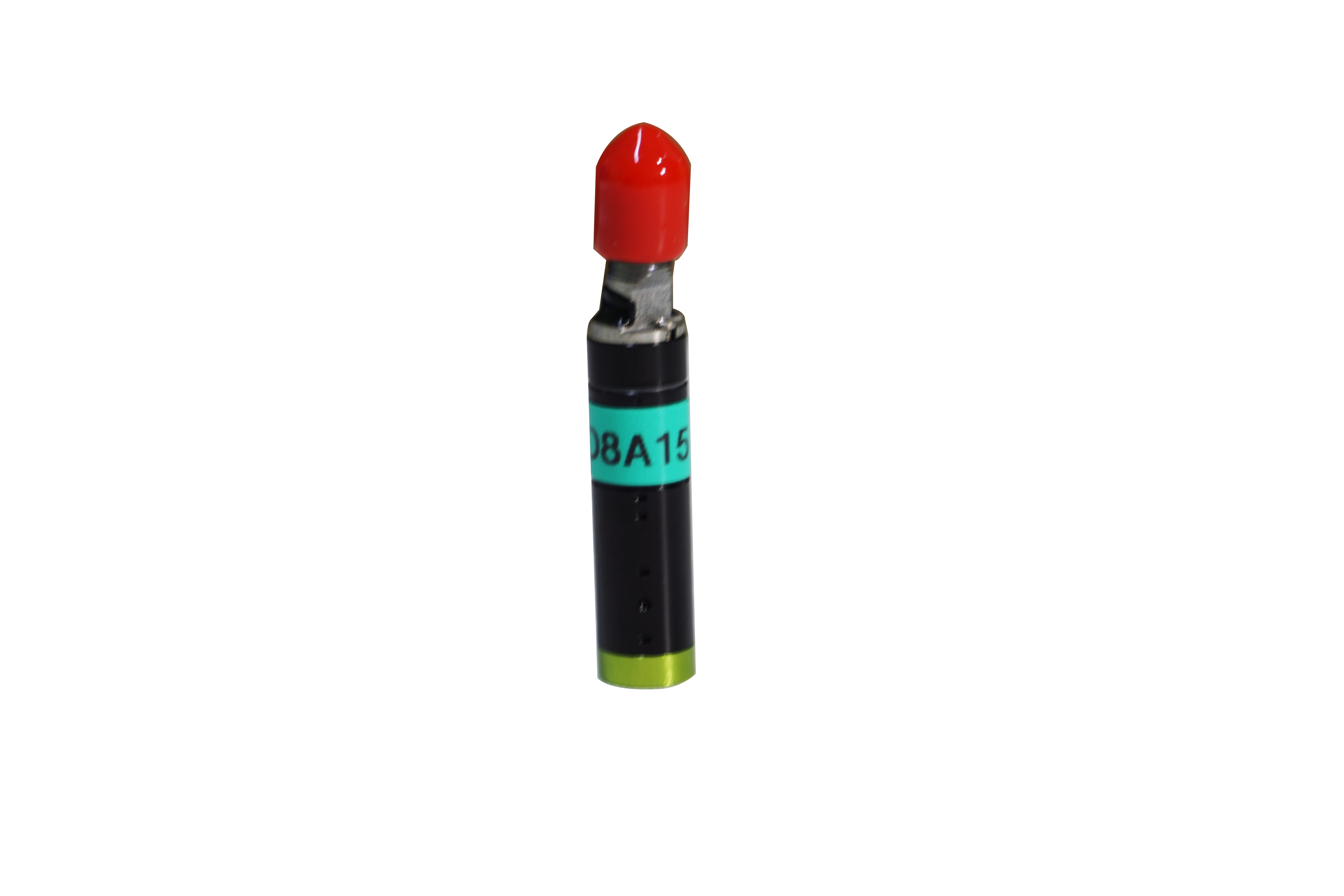2021-11-03
The feasibility of using the spectral confocal displacement sensor to measure the thickness of the transparent material parallel plate is analyzed in detail, and the corresponding compensation method is given.
At present, the non-contact precision measuring displacement devices include confocal displacement sensor, laser triangle reflection displacement sensor, capacitive sensor, inductive sensor and so on. They have the characteristics of strong adaptability, fast speed and high precision, and are suitable for detecting the size and form error of various rotating bodies and box parts. And can be used with the fast feedback tracking system, can accurately and quickly measure the shape and contour of the surface. They overcome many shortcomings of contact detection, not only improve the detection speed, but also protect the surface of the workpiece to be measured from scratches and prevent the sensor from deformation.

Spectral confocal sensor is a kind of sensor that uses polychromatic light as the light source, and its measurement accuracy can reach the order of micron, which can be used to measure the object being measured by diffuse reflection or mirror reflection. In addition, the spectral confocal displacement sensor can also measure the one-way thickness of transparent objects, and the light source and the receiving mirror are coaxial structure, effectively avoiding the optical path occlusion, and making the sensor suitable for measuring the internal structure of holes and grooves with a diameter of more than 4.5mm.
However, when the spectral confocal displacement sensor measures the displacement of the transparent object, because the upper and lower surfaces of the measured object will reflect, and the displacement signal received by the sensor is calculated through the upper surface, it will cause certain errors. In this paper, error analysis is made based on measuring the displacement of parallel plates.
It is based on this unique principle that the spectral confocal displacement sensor has high precision in displacement measurement, whether it is a single-layer transparent object or a multi-layer transparent object, in addition to measuring the displacement of the object, it can also measure its thickness. Such as thin glass sheets, parallel plates, etc. Both the front and back surfaces of the parallel plates reflect specific wavelengths of light, and what is obtained on the monochromator is a spectral curve with two peaks, from which the thickness of the glass can be deduced.
Error analysis of spectral confocal displacement sensor
The spectral confocal displacement sensor can accurately measure the displacement of the object, but it will produce different errors when measuring the thickness of the transparent object due to the different refractive index of the transparent material. The error analysis is as follows:
White light is incident on a planar parallel plate of refractive index n and thickness D1. The light needs to meet the following conditions: if there is no planar parallel plate, the light will intersect with the optical axis at A0, if there is a planar parallel plate, the light will intersect with the optical axis at A1. The monochromatic light with wavelength λ1 and λ2 is incident to the parallel plate through a certain incidence Angle.
When the parallel plate displacement is measured, its initial position is the upper surface of the parallel plate, and the sensor receives monochromatic light signals with wavelength λ1 and λ2. When the parallel plate reaches the position away from its lower surface D2 after moving, the sensor receives signals that still contain λ2.
Since the refractive index and dispersion coefficient of the material have been calculated, the measurement error of the spectral confocal sensor can be calculated. The error range is about 0.005mm.
Spectral confocal displacement sensor has many applications, especially in the thick surface measurement of transparent objects has a unique advantage, and can achieve high resolution through compensation method.



